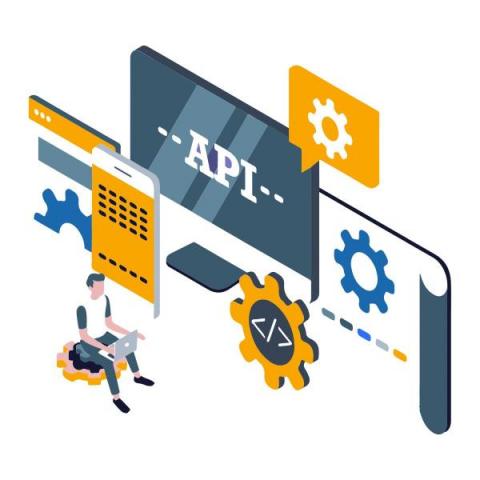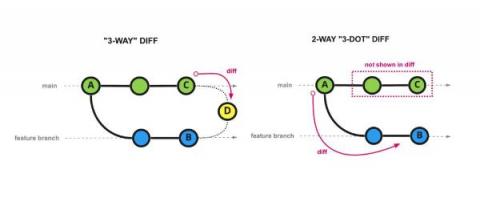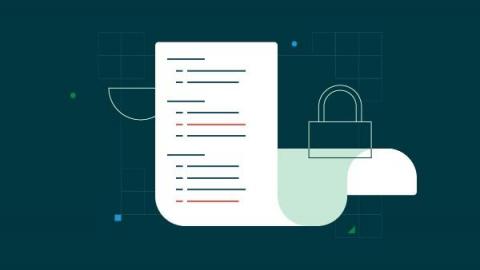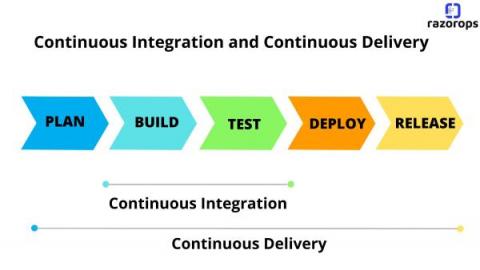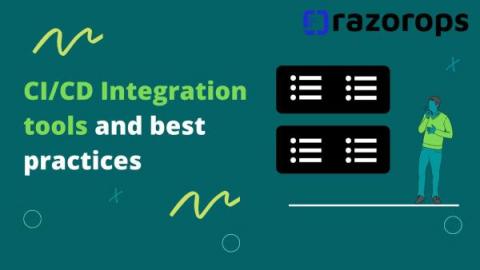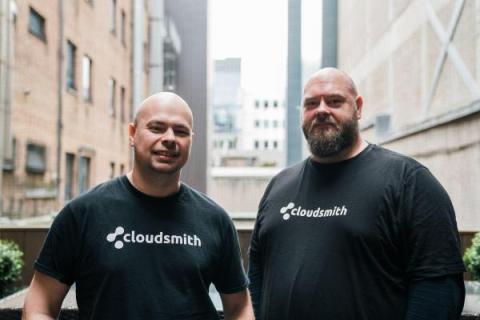Automate testing for Golang Gin-gonic RESTful APIs
Gin is a high-performance HTTP web framework written in Golang. It contains features and functionalities like routing and middleware out of the box. This helps to reduce boilerplate code, improves productivity, and simplifies the process of building microservices. In this tutorial, I will guide you through the process of building a RESTful API with Golang using the Gin-gonic framework. I will also lead you through building an API to manage the basic details of a company.



